Time to Inspect for Oil Leaks?
Most outboard motor manufacturers recommend that boat owners inspect their engines once a year – if not more often – and perform some routine maintenance as needed. If your outboard has seen a lot of action this summer, take some time to ensure that it continues to operate smoothly. To begin this process, grab a screwdriver, an adjustable wrench, an industrial container, pliers, a hammer, some two cycle outboard oil and your owner’s manual.
The first step is to make sure you don’t void your warranty by mistake. Scour the manual for tips on which lubricants and replacement parts to use. Next, study the motor for signs of lubricant leaks. Don’t be alarmed if you spot a bit of oil below the fill screws, but a large running stain is cause for concern. In the case of excess oil leakage, set up an appointment with an outboard mechanic. At least you caught the problem early instead of finding out about it when your engine shuts down in the middle of the lake.
Consult your manual again to see if lubricant changes are recommended for the engine’s lower unit. If so, drain the old lubricant into the industrial container and replace it with a recommended brand. Squirt some lubricant into the gear case with the applicator until the oil starts to come out of the top fill hole. Put the top plug back on and wipe away leftover lubricant with a cloth.


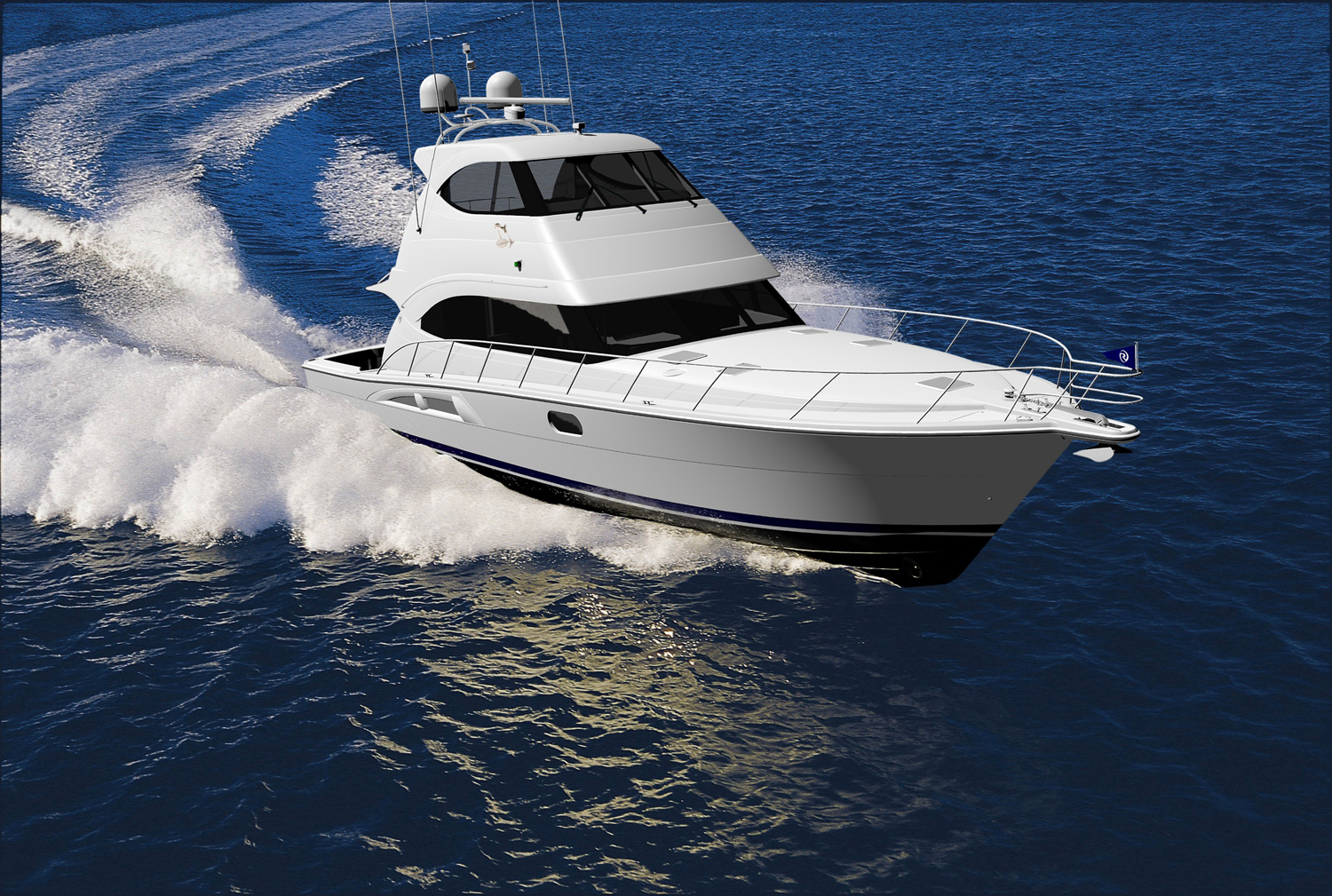
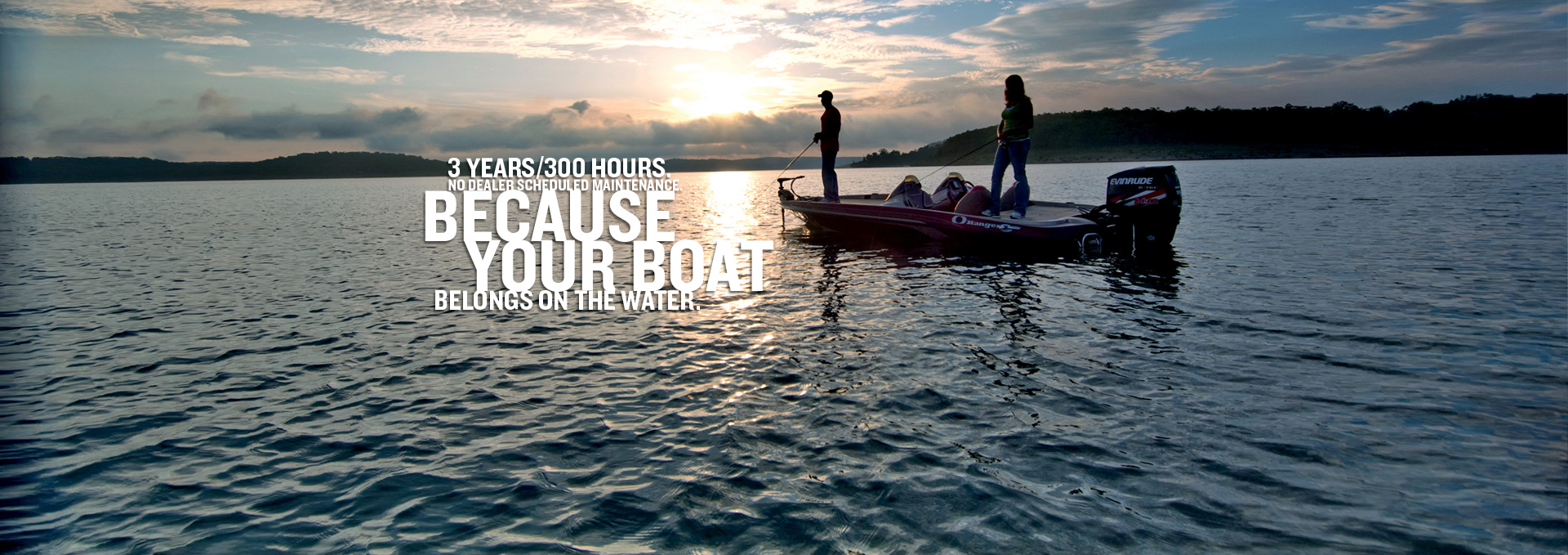


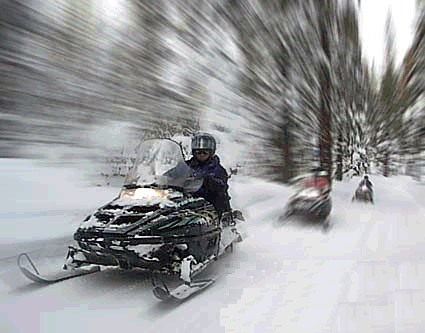
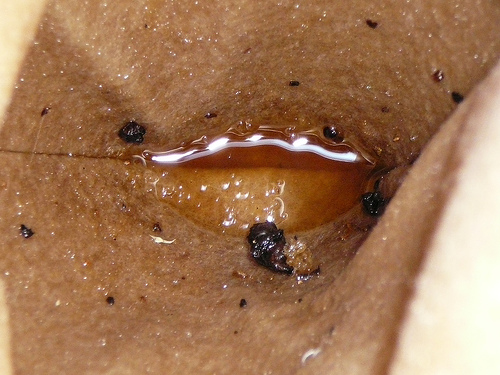 Boat owners who regularly use small crafts might wonder why 2-stroke oil additives matter so much. In truth, the additives found in a fuel-oil mix are just as important as the quality of the oil itself. The chief goal of any outboard motor oil is to lubricate the engine and keep it running smoothly. That would not be possible without additives such as ashless detergents.
Boat owners who regularly use small crafts might wonder why 2-stroke oil additives matter so much. In truth, the additives found in a fuel-oil mix are just as important as the quality of the oil itself. The chief goal of any outboard motor oil is to lubricate the engine and keep it running smoothly. That would not be possible without additives such as ashless detergents.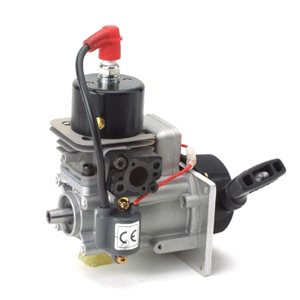 Contrary to popular belief, not all 2-cycle engines are suited for the same purposes. For the most part, 2-cycles can be separated into two distinct groups: water-cooled engines and air-cooled engines. Outboard motors are typically run at high speeds for long durations and then throttled down once a boater reaches his or her destination. Recirculated water keeps these engines cool. On the other hand, most chainsaws are stopped and started frequently, and their engines are air-cooled.
Contrary to popular belief, not all 2-cycle engines are suited for the same purposes. For the most part, 2-cycles can be separated into two distinct groups: water-cooled engines and air-cooled engines. Outboard motors are typically run at high speeds for long durations and then throttled down once a boater reaches his or her destination. Recirculated water keeps these engines cool. On the other hand, most chainsaws are stopped and started frequently, and their engines are air-cooled.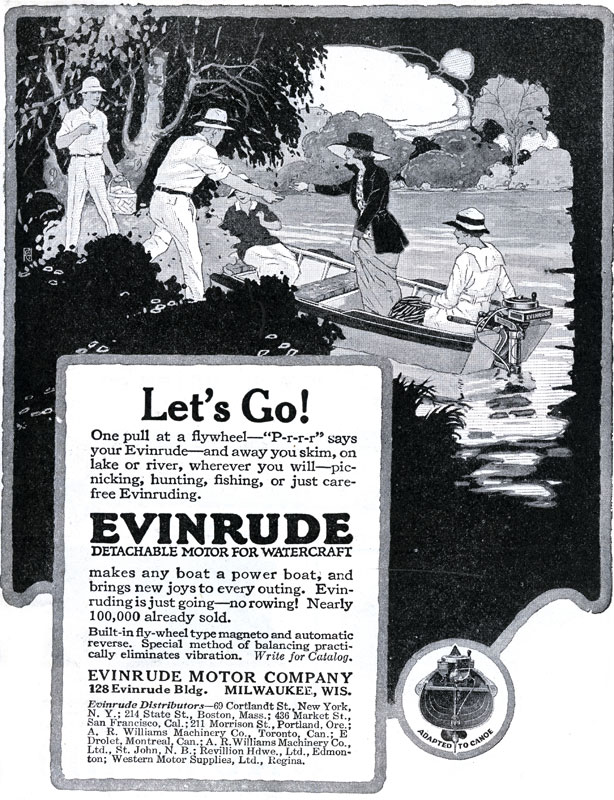 Since its inception 102 years ago, Evinrude has been a pioneer in the outboard motor market. Surprisingly, the first outboard motor built by company founder Ole Evinrude in 1907 wasn’t all that different from today’s 2-cycle engines. The components remain the same, but new Evinrude engines feature significantly increased speed and efficiency.
Since its inception 102 years ago, Evinrude has been a pioneer in the outboard motor market. Surprisingly, the first outboard motor built by company founder Ole Evinrude in 1907 wasn’t all that different from today’s 2-cycle engines. The components remain the same, but new Evinrude engines feature significantly increased speed and efficiency.